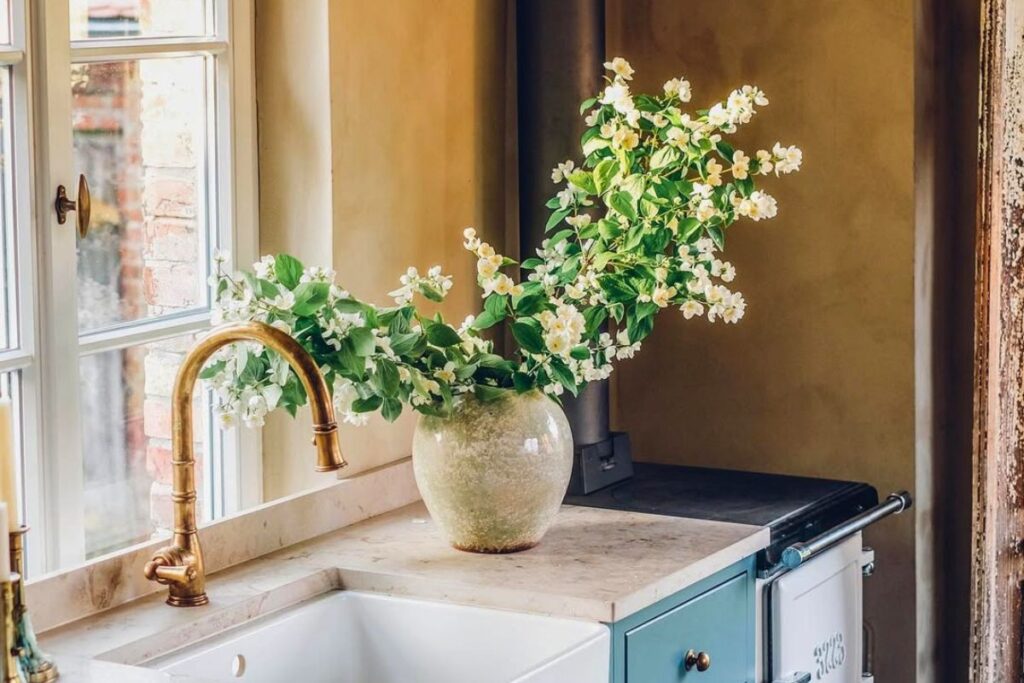Are you captivated by the sweet fragrance of jasmine flowers and want to bring this delightful scent into your home? Growing jasmine indoors can be a rewarding experience, and with a bit of care and attention, you can enjoy its lovely blooms all year round. This guide will provide you with all the information you need to successfully cultivate jasmine plants indoors.

Contents
Understanding Jasmine
Jasmine plants (Jasminum spp.) are renowned for their fragrant flowers and versatile growing habits. There are several species of jasmine suitable for indoor growing, including Jasminum polyanthum (pink jasmine), Jasminum sambac (Arabian jasmine), and Jasminum officinale (common jasmine). These plants are typically vining or shrubby and thrive in warm, sunny environments.
Choosing the Right Pot and Soil
Selecting the Ideal Pot
When growing jasmine indoors, it’s crucial to choose the right pot. Select a pot that is slightly larger than the plant’s root ball, with good drainage holes to prevent water from accumulating at the bottom. Jasmine plants prefer to be slightly root-bound, so there’s no need to use an overly large pot.
Optimal Soil Mix
Jasmine plants thrive in well-draining soil that is rich in organic matter. A good mix for jasmine includes equal parts potting soil, peat moss, and perlite. You can also add some compost to provide additional nutrients. Ensure the soil is loose and well-aerated to allow the roots to breathe.
Lighting and Temperature Requirements
Providing Adequate Light
Jasmine plants need plenty of light to produce their fragrant blooms. Place your jasmine plant in a spot where it will receive at least four to six hours of direct sunlight each day. A south-facing window is ideal. If natural light is insufficient, consider supplementing with a grow light to ensure your jasmine receives adequate illumination.
Maintaining the Right Temperature
Jasmine plants prefer temperatures between 60-75°F (15-24°C) during the day and slightly cooler temperatures at night. Avoid placing your jasmine near drafts, heating vents, or air conditioners, as sudden temperature changes can stress the plant. Jasmine also appreciates higher humidity levels, which can be achieved by using a humidifier or placing a tray of water and pebbles near the plant.
Watering and Fertilizing
Proper Watering Techniques
Watering jasmine plants can be a bit of a balancing act. Keep the soil consistently moist but not waterlogged. Water your jasmine when the top inch of soil feels dry to the touch. Use room-temperature water and avoid letting the plant sit in standing water. Mist the leaves regularly to maintain humidity, especially during dry winter months.
Feeding Your Jasmine
Jasmine plants benefit from regular fertilization during the growing season (spring and summer). Use a balanced, water-soluble fertilizer every two to four weeks to promote healthy growth and abundant blooms. Organic fertilizers like fish emulsion or seaweed extract are also good options. Reduce fertilization during the fall and winter months when the plant’s growth slows down.
Pruning and Training
Pruning for Health and Shape
Regular pruning helps maintain the shape of your jasmine plant and encourages new growth. Prune your jasmine after it has finished blooming, removing any dead or yellowing leaves and spent flowers. Trim back any leggy growth to promote a fuller, bushier plant. Jasmine plants can also be trained to climb a trellis or support, adding a vertical element to your indoor garden.
Training Your Jasmine
If you have a vining jasmine variety, consider training it to climb a trellis or support. Gently tie the stems to the support with soft ties or twine, being careful not to damage the plant. Regularly check the ties to ensure they are not too tight and adjust as needed. Training your jasmine will not only keep it tidy but also encourage more blooms.
Common Pests and Problems
Identifying and Treating Pests
Indoor jasmine plants can be susceptible to pests like aphids, spider mites, and whiteflies. Regularly inspect your plant for any signs of pests, such as yellowing leaves, sticky residue, or webbing. If you notice any pests, treat your jasmine with insecticidal soap or neem oil, following the instructions on the label.
Troubleshooting Common Issues
Jasmine plants can be sensitive to changes in their environment, and you may encounter some common problems. Here are a few tips for troubleshooting:
- Yellowing Leaves: This can be caused by overwatering, underwatering, or a nutrient deficiency. Adjust your watering schedule and consider adding a fertilizer.
- Bud Drop: Jasmine may drop its buds if they experience sudden temperature changes or lack of humidity. Ensure consistent temperatures and maintain high humidity levels.
- Poor Flowering: Insufficient light or nutrients can lead to poor flowering. Make sure your jasmine is getting enough light and consider fertilizing regularly.
Enjoying Your Indoor Jasmine
With the right care and attention, your indoor jasmine plant will reward you with beautiful, fragrant blooms. Remember to be patient, as jasmine can take some time to adjust to new environments. By following the tips in this guide, you’ll be well on your way to growing a healthy, happy jasmine plant indoors.
